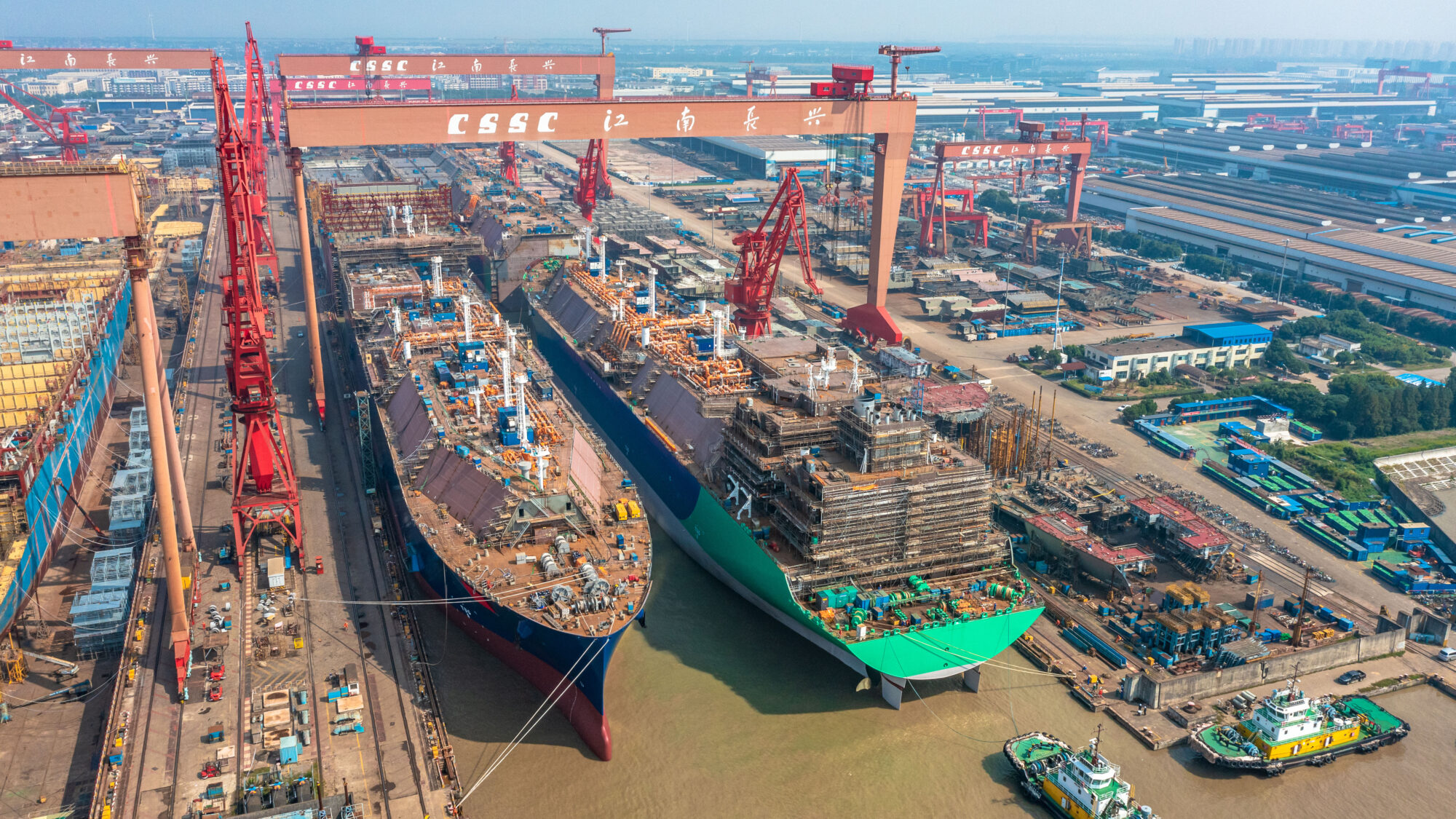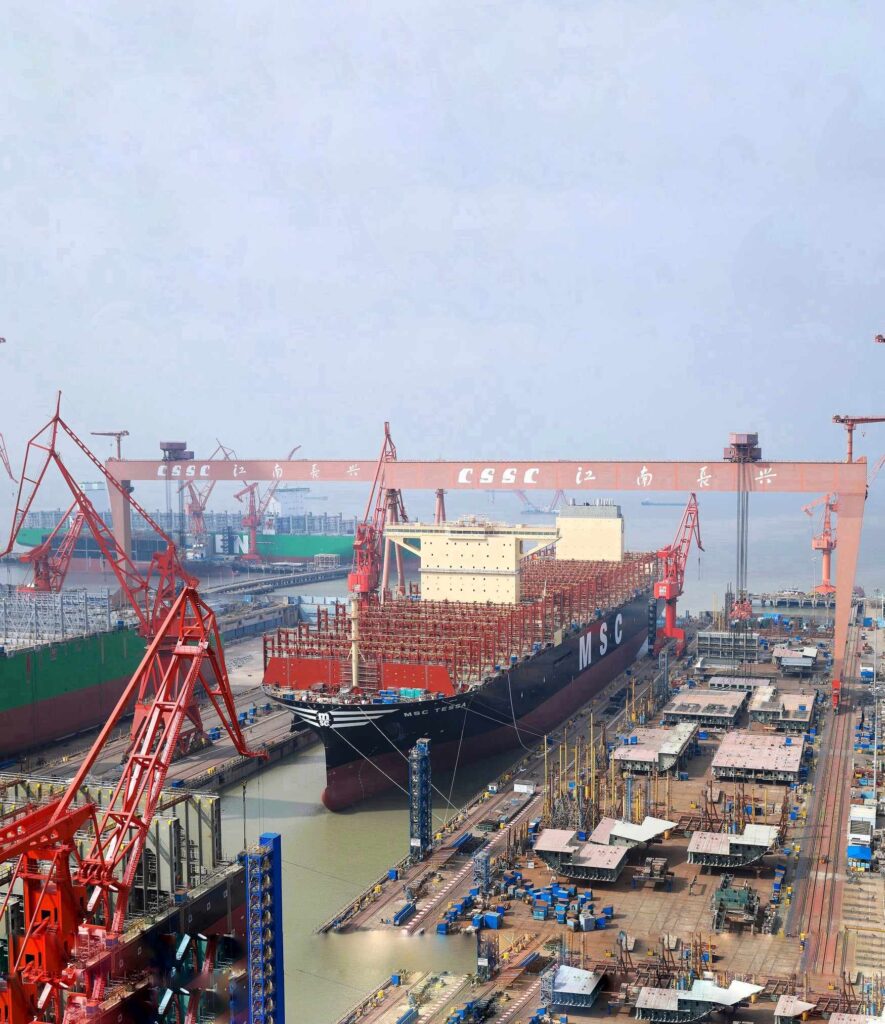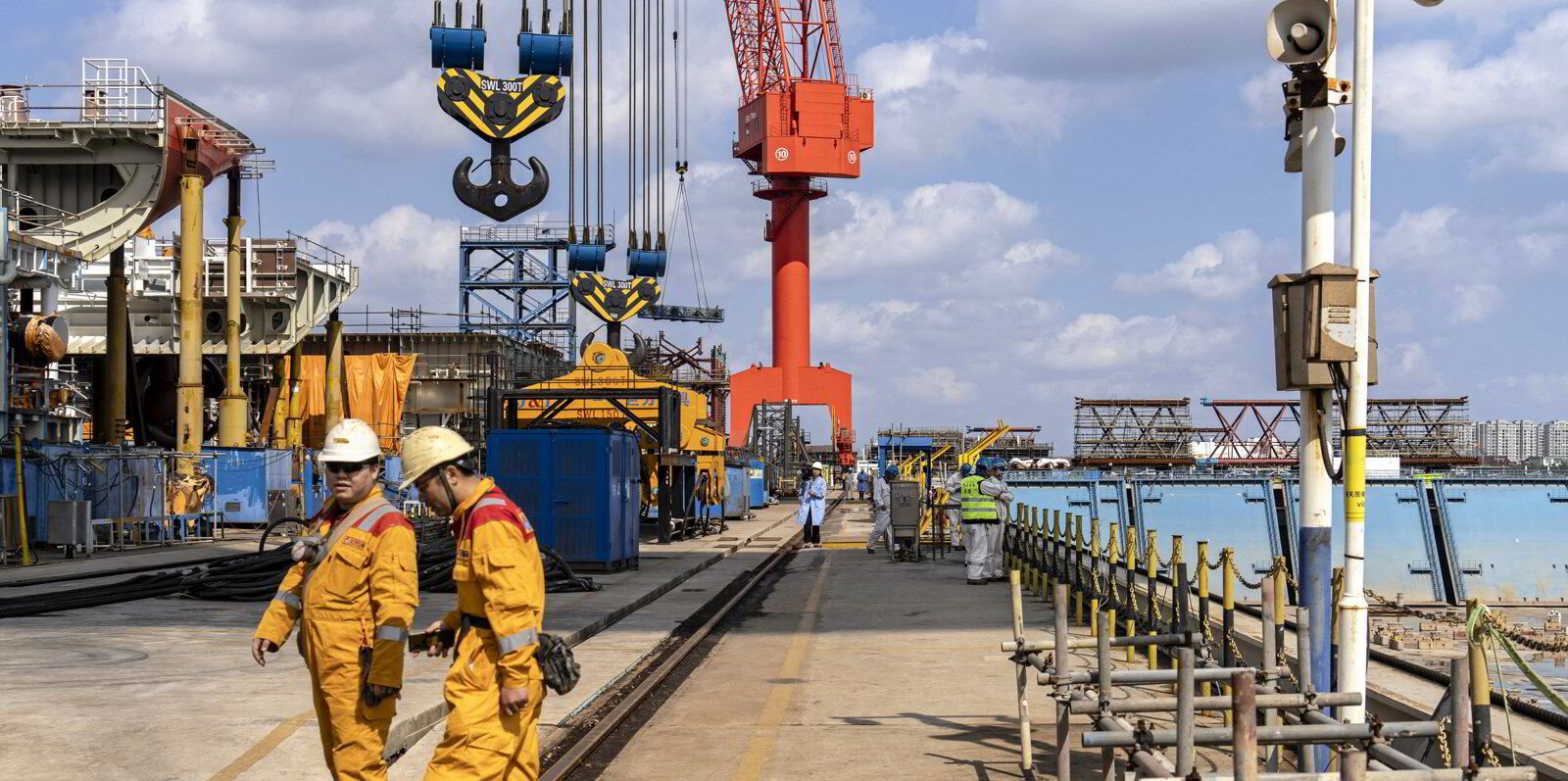According to Bimco, however, the large portion of the hold that will exceed 20 years next year and is a candidate for demolition could reduce the growth rate of the global fleet
In just 10 months of 2024
In just 10 months of 2024, container ship deliveries by shipyards have reached a new annual record. In fact, “a total of 410 ships with a capacity of 2.5 million Teu have debuted on the market, exceeding the previous annual maximum of 2.3 million Teu in 2023” says Niels Rasmussen, chief shipping analyst at Bimco.
Scrapping of older ships low
As scrapping of older ships remained low, deliveries increased the size of the container fleet by 2.4 million TEUs (8.7%) since the start of 2024. The container fleet now consists of 6,699 ships with a capacity of 30.4 million TEU. It has grown by 32% since the start of 2020, as 7.8 million TEUs were delivered during the first half of the decade, the highest number in a five-year period.
The rapid expansion of the fleet
“Despite the rapid expansion of the fleet, shipowners continue to add orders for new ships. So far this year, contracts are already more than double last year’s total and 286 ships with a capacity of 3.3 million TEUs have been added to the order book. The order book fell to 5.9 million TEUs in early June, but is now back to 7.6 million TEUs, 25% of the total fleet size,” says Rasmussen
Fleet continue to grow faster
Although the order book is currently slightly lower than the record of 7.8 million Teu at the beginning of 2023, it is worth noting that the direct order book of shipping companies is at a record level of 5.9 million Teu. The companies control 78% of the order book but only 60% of the fleet and will therefore see their fleet continue to grow faster than non-operational owners. So far this decade, the operating owners’ fleet has grown by 41% while the non-operating owners’ fleet has grown by just 18%.
The main driver of growth
Ships with a capacity between 12,000 and 17,000 TEUs have driven 42% of capacity growth since the beginning of 2020 and will also be the main driver of growth in the coming years as they contribute 47% of capacity in the order book. Ships larger than 17,000 TEUs contributed to 25% of fleet growth in the 2020s and make up 27% of order book capacity
1.7 million TEUs are delivered each year
Another 0.5 million TEUs are scheduled to be delivered during the remainder of 2024, bringing deliveries for the year to approximately 3.0 million TEUs. Over the next four years, an average of 1.7 million TEUs are expected to be delivered each year, and 0.3 million TEUs are already planned for delivery in 2029. However, more ships can still be ordered for delivery over the next five years.
Book to fleet ratio

As mentioned, the order book to fleet ratio is currently 25%, but actual fleet growth will depend on the future of scrapping. After a few years of very limited demolitions, 3.4 million TEUs in the hold will be over 20 years old next year and will be prime candidates for demolition in the years to come. If they are all scrapped in the next five years, the growth of the fleet compared to the current order book can be limited to 14%” closes Rasmussen.
Read more :
Hapag-Lloyd orders 24 new container ships
CSSC held naming ceremony for last of 10 container ships
Clarksons: Prices of naval new buildings increasingly higher






